
CHAPTER ONE: A BRIEF STOP IN LONDON
November 6, 2018
CHAPTER THREE – GIVE ME SOME OF THAT (REALLY) OLD TIME RELIGION
November 12, 2018We Still Didn’t Drink All The Vino: Mai Tai Tom’s 2018 Return To Italy
CHAPTER TWO: THE MAGNIFICENT MILAN CATHEDRAL & ROOFTOP
Next: DAY TWO – Wild About Harry, “Don’t Go To Milan”, Glorious Galleria, Tracy Renews Her Love Affair With Italian Olive Oil, Quick Encounter With Leonardo, Traversing The Roof, Should Have Taken The Elevator, Incredible Interior, Duomo Treasures, Pick A Menu … Any Menu, Sounds Better In Italian and “We Don’t Take Hotel Room Cards.”
Four zombies meandered toward Heathrow’s Terminal 5 a little before 6 a.m. looking for food and massive amounts of caffeine. Although we slept well, it hadn’t been long enough. Before grabbing breakfast at Pret A Manger, Tracy and I ran into an old friend. The airport contains a Harry Potter Shop.
Kim and Mary stopped by Starbucks and were surprised to find that no one had ever heard of a bagel.
The flight to Milan takes about two hours, and the plane was full of businessmen and businesswomen, most dressed impeccably (Milan fashion foreshadowing).
DIGRESSION: Interestingly (and something I have noticed in the US. when business people are traveling), virtually no one reclined in deference to the people sitting behind them. It’s quite civilized.
It was a short cab ride from Linate to our home for the next three nights, B&B Bronzino House. This turned out to be our first great choice of Italian lodging on this trip.
Walking through colorful doors into a courtyard, we were led to a doorway opening up to one of those funky, cool old elevators that fits two people and some luggage.
A few trips up to our renovated attic apartment inside a “typical Milanese house,” we were given instructions and Milan tips.
There are two bedrooms (each with an en-suite bathroom … complete with great overhead rain showers … a small kitchen and dining area where as we would find out the next day, the best homemade croissants on earth are concocted, courtesy of the owner’s recipe.
And the beds were perfect for a great night’s rest (which we always need with our pace). Oh, the price? … in a city filled with very expensive lodging, this lovely b&b cost about $140 per night per couple. What a bargain!
The location is not exactly in the center of town, but not to worry. It’s an 11-12 minute walk to Lima (the metro station, not the capital of Peru) and a ten minute metro ride that dumps you right at the Duomo di Milano (Milan Cathedral) (quite a sight to behold as you exit … even with scaffolding), where we would visit later that day.
Before leaving Lima, we bought a 2-day (48 hour) metro pass (€8.75 apiece), which saved us plenty of money.
DIGRESSION: When I was growing up, a family friend who traveled would always say, “Don’t Go To Milan.” I don’t remember why, but she could not have been more incorrect. While researching this trip, I felt three days might not even be enough. We found Milan to be vibrant and full of sights that could keep you occupied for quite some time. Yes, part of it is gritty, but, hey, it’s a city, they’re all a little gritty, which adds, not detracts, from the traveling experience. As for the Milanese people, we should all look that good (more on that later).
After being attacked by killer pigeons in the Piazza del Duomo (I was wishing at that moment for the Churchill statue electrical current) as we took photos of the Milan Cathedral, we walked across the street and started strolling through Milan’s version of a mall.
Galleria Vittorio Emanuele II is like no shopping area you’ve ever seen.
It’s a late 19th century Belle Époque beauty. It’s called “Milan’s Drawing Room,” and the chicly-dressed Milanese hang out here drinking coffee or stronger libations as people shop.
The teeming masses can spend extra money at the expensive stores, or just marvel at the glass dome.
There are also beautiful murals at the base of the dome that I read somewhere represent Europe, Africa, Asia and America. Don’t hold me to that … I drank a lot of Barbera on this trip.
The floor of this mall contains numerous mosaics, including this one of Romulus and Remus and the giving she-wolf. Got Milk?
Galleria Vittorio Emanuele II was the work of famed Italian architect Giuseppe Mengoni, constructed between 1865 and 1867, making it Italy’s oldest shopping mall still in active use. Sadly, Mengoni would be killed by a fall from the roof of the gallery ten years later.
Tracy said, “Look at these heels.” At first I thought she was talking about Kim and me, but we quickly realized her intent. By the way, those “shoes” are actually made of chocolate.
Even though the Galleria is magnificent, we decided to spend a little less money for lunch and found a nearby spot named Foodies. We bought our lunch at the counter and took it upstairs to the last empty table. It was here Tracy fell in love …again …with Italian olive oil and balsamic vinegar
Her first love affair started at Ristoro Di Lamole in the hills of the Chianti countryside on our infamous 2005 trip.
It didn’t take long for the affair to rekindle. It turned into a ménage à trois, because I also loved the olive oil drizzled on our sandwiches. My prosciutto on a sesame baguette was heavenly. The terrific sandwiches coupled with a carrot cake for the bottomless pit (aka … me) set us back a mere €16. In addition, it didn’t take long for Kim to have his first Caesar Salad of the trip … Hail Caesar!
Before I could sing a stanza of Mona Lisa, we were walking by the Statue di Leonardo da Vinci. Standing in the Piazza della Scala is the white Carrara marble statue of the man responsible for hordes of people standing to gawk at a tiny painting in Paris. da Vinci lived in Milan in the late 1400s and again in the early 1500s. He was a busy guy here creating The Last Supper and expanding the city’s Navagli canal system. He lived at the Castello Sforzesco, which we would visit on our final day in Milan.
The piazza where Leonardo stands is named for the famed building across the street, the Teatro La Scala. As people scattered, I sang a rousing version of Figaro, not heard since I went looking for that haircut in Seville.
We also passed by the Monument to Alessandro Manzoni (famed Italian writer), which stands in front of the church of San Fedele, constructed in 1569.
Shortly, complete with a few wrong turns, we were at our appointed destination, Chiesa di San Bernardino alle Ossa. A graveyard was located here in 1145, but it filled up very fast with bodies from a new hospital (Hospital del Brolo) that had been constructed (they must have had some bad doctors).
About 70 years later a chamber (really a “bone chamber”) was built, and then 50 years after a small church was constructed.
The ossuary to the right of the small church holds the bones and skulls, mostly from patients of the Hospital del Brolo and those of people who died in prison.
The frescoes in the room are from the late 17th century.
Nearby is another church (a phrase we used way too often on this trip) known as Basilica di Santo Stefano Maggiore. It was originally built in the 5th century, gutted by fire in the 11th century, rebuilt a few years later and restored in the 16th century.
In 1476, on the day after Christmas, it was here that Geleazzo Maria Sforza, who at the time was the Duke of Milan, was assassinated. In a little Mussolini foreshadowing, after Sforza’s assassination, his body was dragged through the street and hung upside down. On a more pleasant note, the painter Caravaggio was baptized here.
We walked by the Palazzo Reale on our way back to the Duomo.
DIGRESSION: A few months before the trip I contemplated how best to visit the Duomo. We could stand in line and wait to get in, go on a guided tour or get a timed “Fast Pass.” I went for the latter, and although it costs more than standing in line, it was definitely worth the money (€23). Our timed entrance was at 3 p.m., and although it was about 2:40, they let us start our self-guided tour early (by the way, the line of people waiting to get in the church without timed entries wound around the church.).
The first thing we did was take the elevator to the terrace above the church. Wow and double Wow!
As we walked around on the rooftop of this huge structure (the largest church in Italy; the third largest in Europe and the fourth largest in the world), we kept gazing up in amazement at the 135 marble spires.
The Milan Cathedral contains more than 3,000 sculptures inside and out. We decided not to count them.
DIGRESSION: If you tell someone that the Milan Cathedral is the largest church in Italy, my guess is somebody will bet that the largest church in Italy is St. Peter’s Basilica. Even though St. Peter’s is the largest church in the world, take the bet. It’s located in the State of Vatican City.
Walking up here gave us so many different perspectives of this structure. The spectacular view of the Veneranda Fabbrica del Duomo palace and clock is particularly striking. The organization was originally started to supervise construction of the Cathedral and today is involved with the maintenance and restoration.
Lines and shapes differed from every vantage point. It was a hot day in Milan, and even hotter up here. I think it exceeded all our expectations, which were high to begin with.
We spent about a half hour exploring the roof, but as time went on, more and more school groups were showing up, so it was time to get down and explore the interior. Not to throw Mary under the bus (ok, just a little bit), she suggested we walk down the stairs instead of taking the elevator. In her defense, it seemed every teenager in Milan had come up here, so navigating ourselves to the elevator against this wave of youthful humanity would have been difficult.
We followed her lead, but instead of being inside the Duomo when back on the ground, we weren’t even in the church. We had exited the Duomo via the stairway. Luckily, the guys in charge remembered us (Mary’s flirtatious ways can be an advantage at times) at the entrance, and we were allowed to go back in.
The Milan Cathedral has drawn mixed reviews through the years. Mark Twain once stated, “What a wonder it is! So grand, so solemn, so vast! And yet so delicate, so airy, so graceful! A very world of solid weight, and yet it seems in the soft moonlight only a fairy delusion of frost-work that might vanish with a breath! How sharply its pinnacled angles and its wilderness of spires were cut against the sky, and how richly their shadows fell upon its snowy roof! It was a vision!—a miracle!—an anthem sung in stone, a poem wrought in marble!”
On the other hand, Oscar Wilde wasn’t quite as wild about it. “The Cathedral is an awful failure. Outside, the design is monstrous and inartistic. The over-elaborated details stuck high up where no one can see them; everything is vile in it; it is, however, imposing and gigantic as a failure, through its great size and elaborate execution.”
Touring inside this massive Gothic structure that holds 40,000 people (maybe if San Diego State doesn’t get their new football stadium they can play here) is a pretty remarkable experience. Many of those 3,000-plus statues are found inside.
Columns, statues, tombs, and stunning stained glass windows had people gaping in awe … except Oscar Wilde.
The pillars stand at 80 feet tall.
With the light shining through the stained glass windows, some of those pillars can be colorful.
Of course, the structure wasn’t built overnight. It took nearly six centuries to complete (makes La Sagrada Familia in Barcelona feel like a quick project). It’s kind of a joke in Milan that if it takes too long to complete a project, they call it “la fabric del duomo.”
We walked by the replica of the Maddonina of the Duomo di Milano.
The original is atop the cathedral’s main spire. It is believed (by some) that the Madonnina protects anyone who sets eyes on her.
Although there was no sighting of Stan Musial, we did see a dead Cardinal or two. Alfredo Ildefonso Schuster was a Benedictine monk and Cardinal Archbishop of Milan during World War II.
The 18th-century Altar of San Giovanni Buono, who was Bishop of Milan in the 7th century, stands out. It was also nice to pay respects to my main man Michael, on the left.
In the crypt downstairs, we paid a visit to the impressive Sarcophagus of Saint Charles Borromeo (cardinal and Archbishop of Milan) in a rock crystal coffin.
Lots of cool stuff down here.
Before exiting we stopped at the Cathedral’s most famous statue, “Saint Bartholomew Flayed.” It’s tough to be a saint. As the story goes, this disciple of Jesus was flayed alive and crucified upside down.
Upon seeing it, Twain said in his book Innocents Abroad, “It was a hideous thing, and yet there was a fascination about it somehow. I am very sorry I saw it, because I shall always see it now. I shall dream of it sometimes. I shall dream that it is resting its corded arms on the bed’s head and looking down on me with its dead eyes; I shall dream that it is stretched between the sheets with me and touching me with its exposed muscles and its stringy cold legs. It is hard to forget repulsive things.”
Although we were dragging a bit, we paid a quick visit to the Museo del Duomo across the street. It and the Baptistery Giobanni alle font inside the cathedral are included with your Fast Pass.
The Museo del Duomo is full of statues and other pieces, many that have adorned the cathedral itself.
This turned out to be more interesting than I thought. I’m a sucker for stained glass windows …
… and there was a room full of them.
Located inside the museum is the Chiesa di San Gottardo In Corte (also included in the Fast Pass ticket). Built in 1336, it was the chapel of the ducal palace (which later became the Royal Palace of Milan), and it reopened to the public in 2015 after a long restoration project. I read that Gotthard was the saint “who was invoked by those who suffered from the disease of gout.” My big toe thanked him.
A fresco by Giotto school depicting a crucifixion was discovered in 1929 at the base of the bell tower, on the wall in front of which a chapel had been built and later destroyed.
Speaking of being crucified upside down, on the way out of the museum, one of the last pieces we saw was that of St. Peter.
We hopped on the nearby metro for our return to Bronzino House, where we picked up some water and vino on the walk home. Mary, Kim and I also partook of “gelato hour.” We actually had a chance to nap (7 1/2 miles of walking in five hours can poop the best of us) before toasting our first day in Italy with a little vino rosso on the balcony…
… before heading out to dinner.
Our host Walter (who we would meet tomorrow) had emailed me that a nearby restaurant would be a perfect place to enjoy our first night in Milan. He was spot on. At 8 p.m., we arrived at Osteria La Piola, mercifully located only two blocks from Bronzino House. Walter had told me that La Piola offers true Milanese cuisine.
The cheery yellow rooms had a nice feel, and our very personable waiter waved four menus in front of us …”English or Italian?” he asked. Tracy picked one and it was in English. He laughed, because they were all in English. Looking at the menu, we decided Italian dishes are done a disservice by English translation, so we asked for Italian menus. Much better!
Since we had booked this place before we left, I had checked out the menu online and knew I would try the Risotto Pere e Zola (Gorgonzola and Pear Risotto) to start, as did Tracy. “Wow!” As an aside, Tracy made a good rendition of this dish when we returned home.
Some of the better dishes (and they were all very good), were the Veal Scallopine in lemon sauce with tempura veggies (peppers, onions, zucchini, potatoes). Beef raviolis in butter sauce in a fried parmesan bowl, and the “Wow” main dish of the evening … Tracy’s Involtini with beef wrapped in pancetta and those same tempura veggies.
Mary’s beef with asparagus and roasted potatoes were good. The pasta here was the way to start our Italian culinary adventure.
To go along with our meal was a spectacular Barbera from La Morra (where we would spend four days the following week). Thanks to a 20% discount by reserving through The Fork website, our meals came to €65 per couple (half as much as that dinner would cost in L.A.).
Splitting the bill, Kim threw down his credit card while a very tired me (that’s my story and I’m sticking to it) took out the “Sweet Dreams” Sofitel London Heathrow Hotel room keycard and placed it on the table. The quizzical look on our waiter’s face told me I might have made a faux pas.
Thankfully it was a short walk home, so I didn’t have to hear about my error for long. The others walked up the steps to our apartment, while I decided to give myself a break by taking the elevator.
If we thought this day had been a busy one, it would not compare to the following day’s walkathon that took us to more churches than Pope Francis visits on one of his papal journeys.
We would cover a lot of territory and have to scurry out of one church so we didn’t have to become pallbearers, be blown away by a church with some incredible frescoes and end up checking out perhaps the most famous fresco in the world.
Next: DAY THREE – Classic Croissants, Oops Wrong Church, Altar Altering, Four Friends And A Funeral, A Tisket A Casket, Fresco Frenzy, Why No Two Corgis?, Kim’s Lunch-O-Meter, Where’s David Letterman, Supper Time Or No Supper Time, Early Happy Hour, You Can Take Photos?, Stampede, Italian Melon Reigns Supreme and The Walking Dead


 .
. 



 .
.
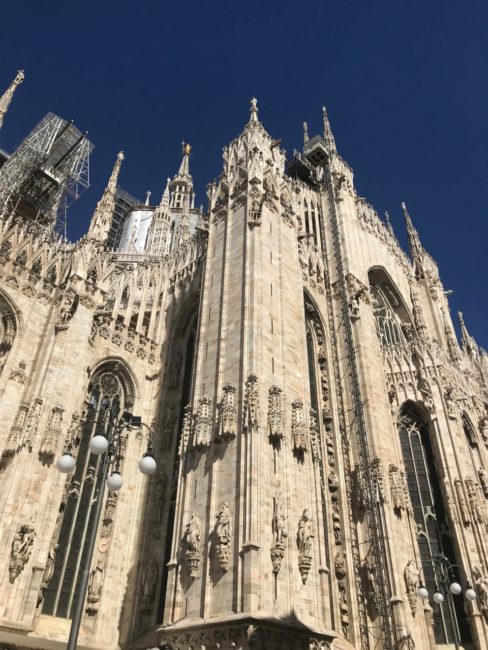
 .
. 
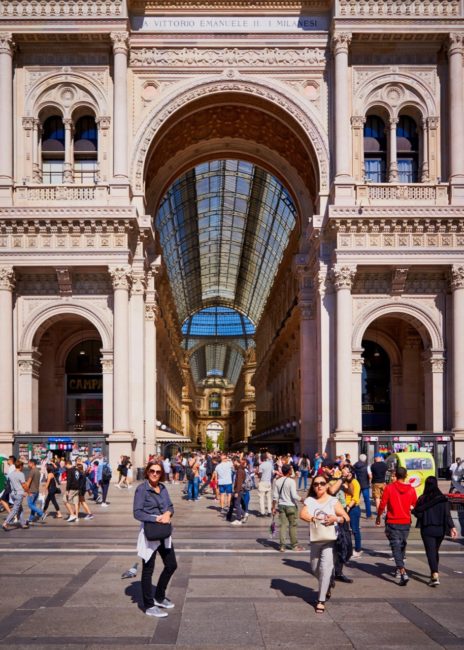

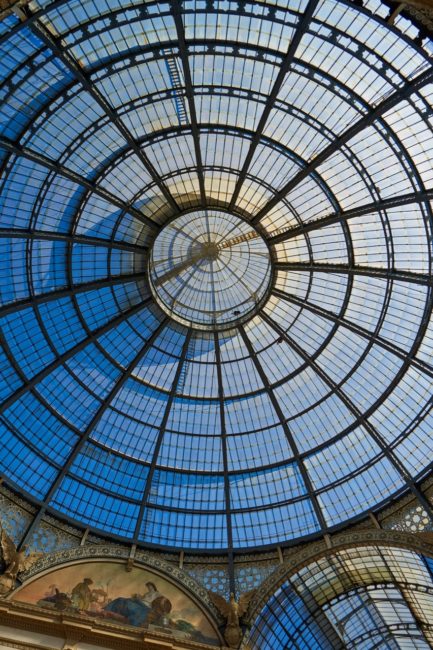 .
. 

 .
. 


 .
. 
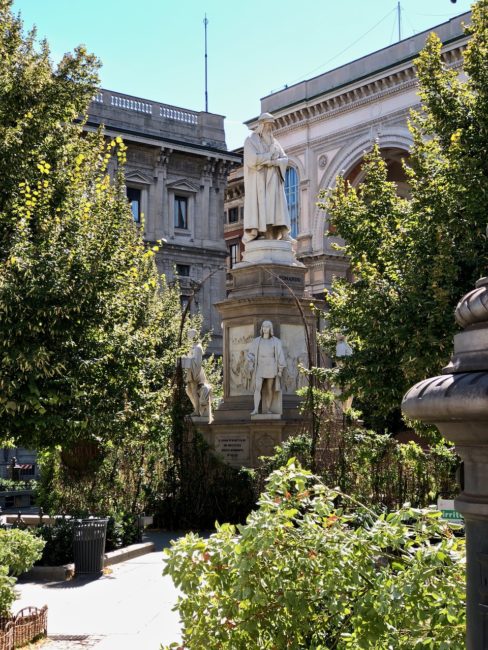




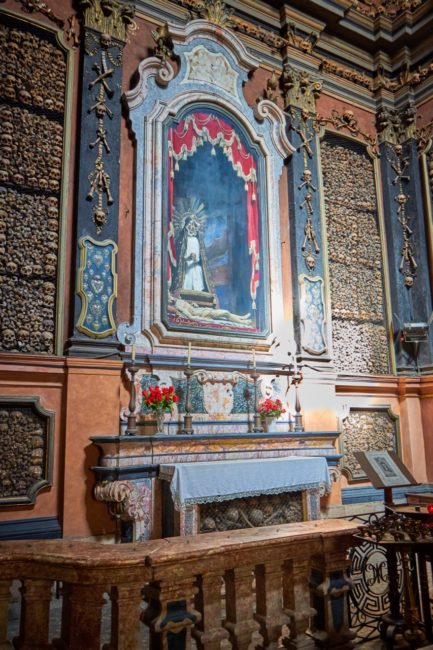








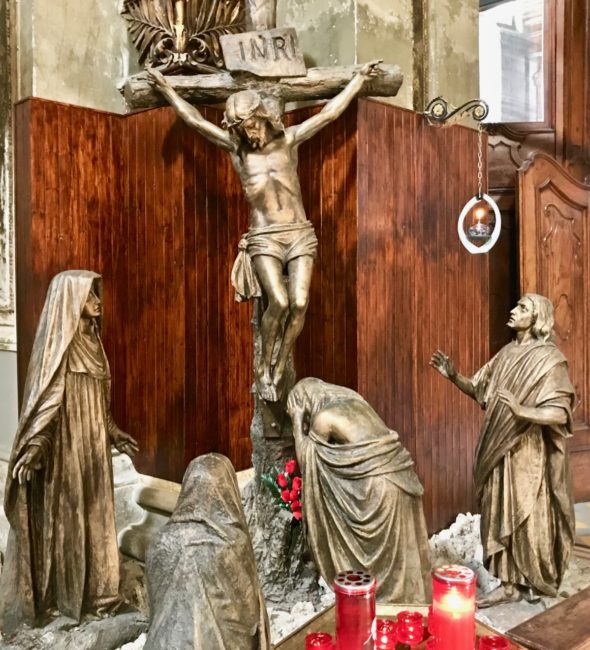






 .
. 



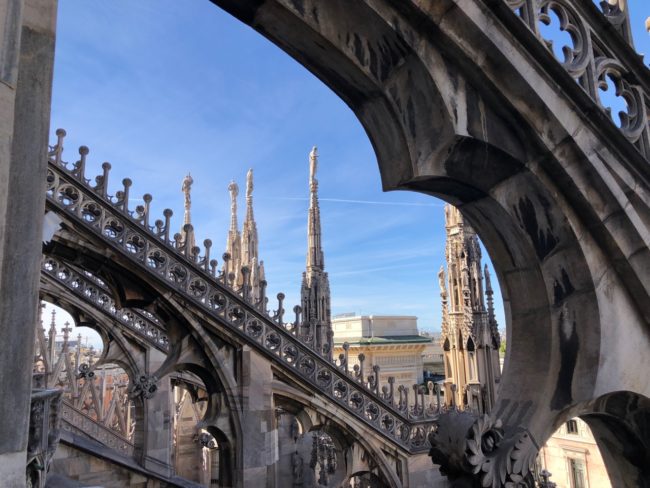














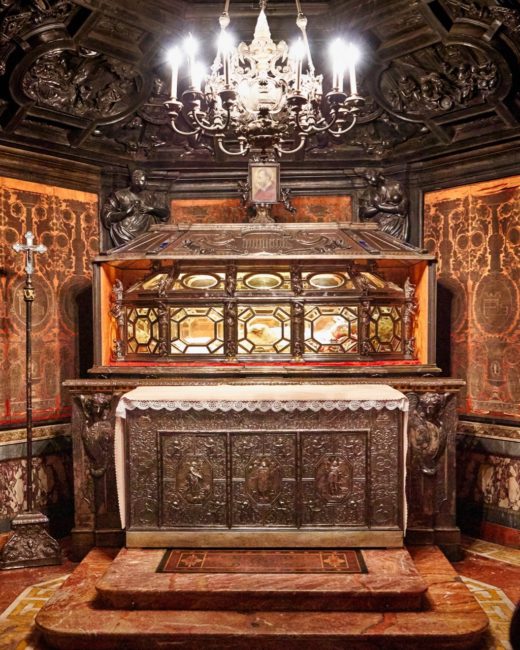



 .
. 

 .
. 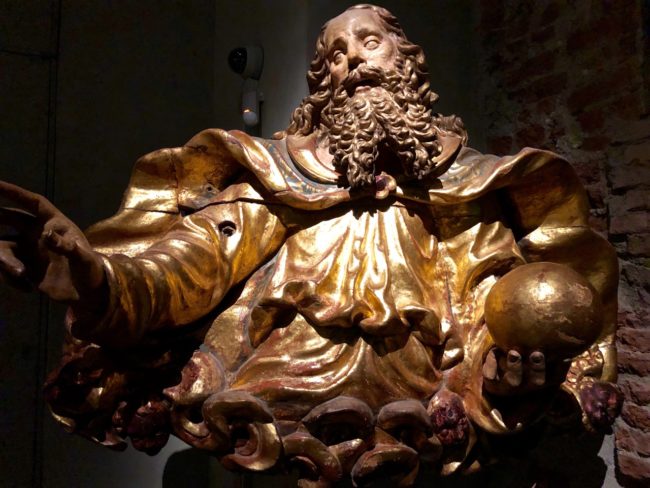
 .
. 
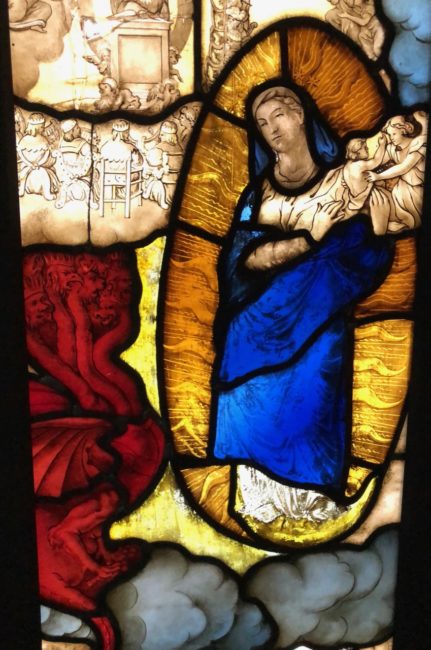














 .
. 
 .
. 




